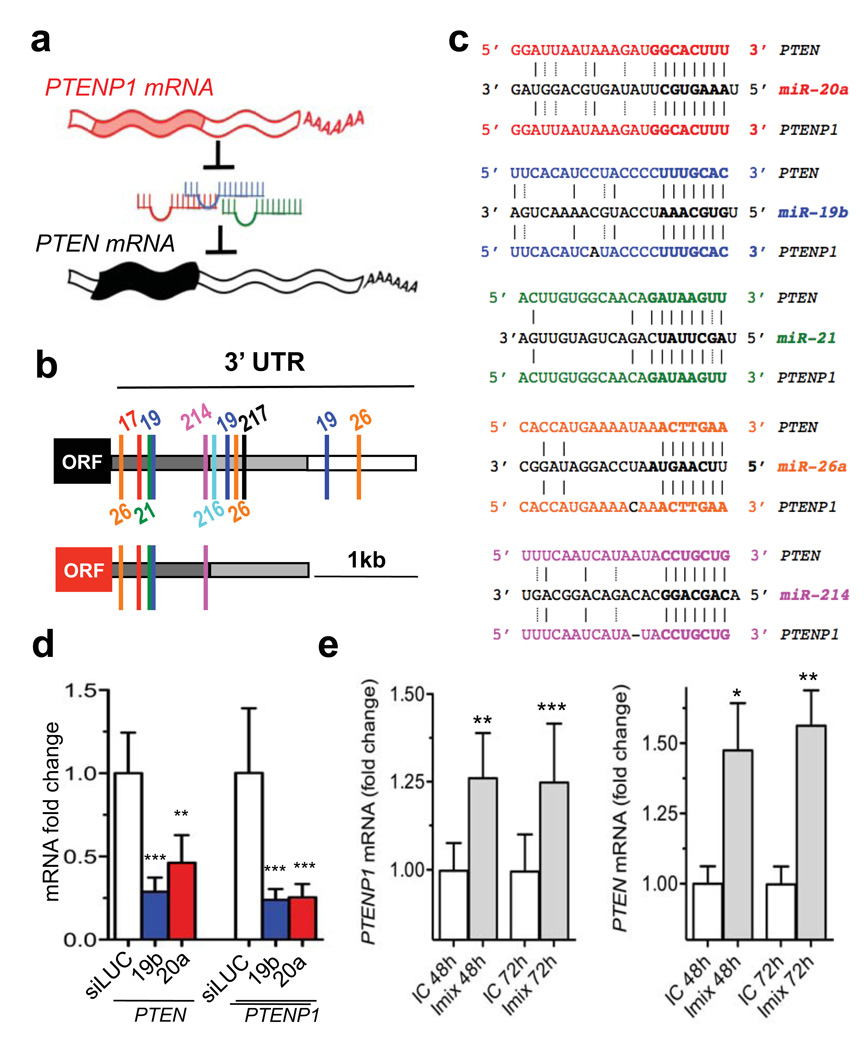Figure 1. PTENP1 is targeted by PTEN-targeting microRNAs.
a. Working hypothesis: PTEN is protected from microRNA binding by PTENP1. microRNAs: colored squiggles; 5’and 3’UTRs: open rectangles; open reading frames: filled rectangles. b. PTEN (upper) and PTENP1 (lower) 3’UTRs contain a highly conserved (dark grey) followed by a poorly conserved (light grey) domain. PTEN-targeting microRNA seed matches within in the high homology region are conserved between PTEN and PTENP1. c. Binding of PTEN-targeting microRNAs to PTENP1. Seeds and seed matches: bold; canonical pairings: solid lines; non-canonical pairings (G:U): dotted lines. d. PTEN-targeting miR-19b and miR20a decrease PTEN and PTENP1 mRNA abundance. e. miR-17 and miR-19 family inhibitors derepress PTENP1 abundance (left). PTEN is used as positive control (right). d and e. mean ± s.d., n ≥ 3.

